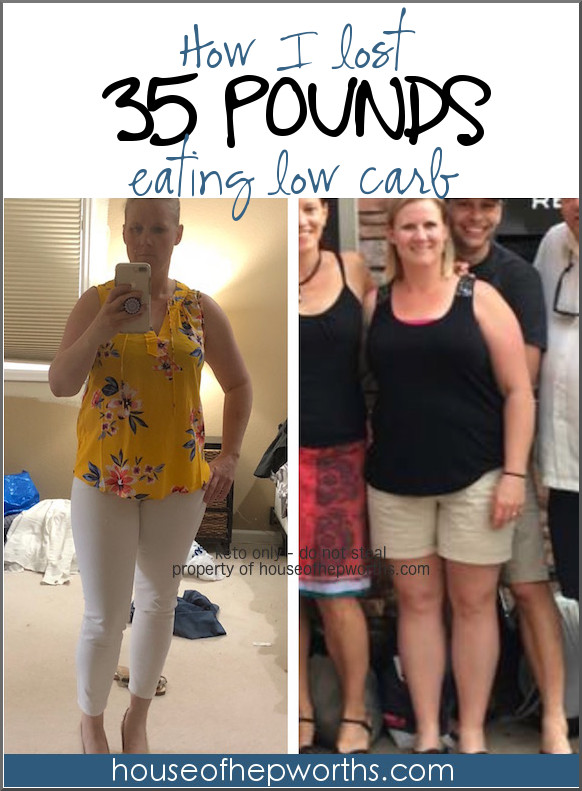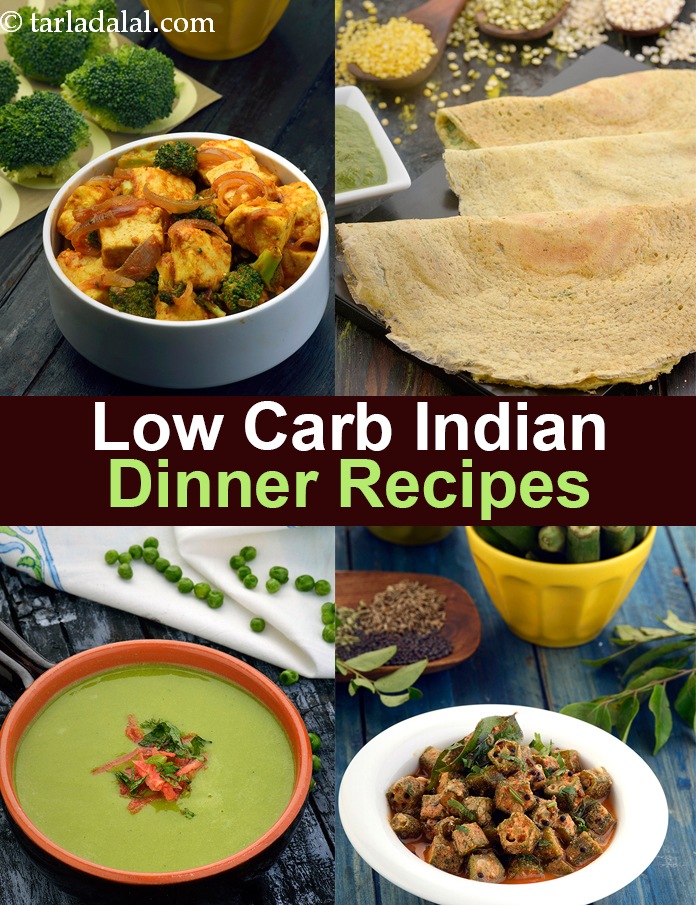
Recent research found that standing for six hours per day is more effective than sitting. In addition, standing breaks up sedentary habits and boosts the activity of lipoprotein lipase in the body. Additionally, standing also reduces blood pressure and triglycerides. So, does standing help you lose weight? Learn more about this important question.
Walking burns more calories per hour than standing
Studies show that watching TV while standing burns more calories per hour than sitting. The researchers concluded that more activity is needed to see the caloric difference. However, they did not measure calorie burn while working. You could sit down while watching TV, then get up and stand to work. Moving around and standing for weight loss is more beneficial than sitting. Additionally, standing helps to relax muscles after sitting for hours.
Studies show that standing for 30 min burns more calories than sitting. This can help to prevent weight gain. Standing can improve posture, blood sugar levels, and overall health. Also, standing can be more convenient and productive than sitting. If you are a busy person, it is better to walk than sit. Walking and standing will help you burn more calories. Both of these methods work, but it is up to you to decide which method best suits you.

Standing can increase your body's lipoprotein lipase activity
Studies have shown that standing can increase the activity of lipoprotein lipase which is responsible for breaking down fat in blood. Inactivity decreases lipoprotein lipse activity, which can lead to heart disease and other health problems. Sitting for prolonged periods of time reduces lipoproteinlipase activity by around 90%. It can also lower blood sugar levels and insulin response in women at high risk of developing type 2 diabetes.
Regular exercise and movement activate the enzymes that breakdown fat and sugars. Standing at a desk has been shown to increase lipoprotein lipase activity. This helps you lose more weight and burns fat. The body doesn't release enough lipoprotein, which can lead to metabolic syndrome, an increase in the risk of obesity, and a wider waist.
Sedentary habits are broken by standing
According to Dr. Lopez-Jimenez, a cardiology fellow at Mayo Clinic, standing breaks up sedentary habits and helps you lose weight. Standing is actually associated with 0.15 extra calories per minute than sitting. This is almost fifty percent more calories than if you were sitting all day. Not only that, but it also improves bone health, and burns more calories than sitting.
Experts recommend that people with sedentary lifestyles take frequent breaks to increase their activity levels and reduce their waistlines. It can be useful to remind people to get up more often by using a computer program or a beeping device. Also, if you can't find a time to get up, consider using a standing desk converter to switch between sitting and standing.

Standing can help lower blood sugar and blood pressure.
Standing is a good choice for many reasons. It can reduce blood pressure and glucose levels and lower triglycerides, the main components of body fat. A study has shown that replacing two hours of sitting with a standing session results in an 11 per cent decrease in BMI. Also, there is a 7.5 centimeter (3in) decrease in waist size. People who stood for at least 2 hours per day had significantly lower blood sugar and cholesterol levels. These results are encouraging and may help you lose weight, while keeping active.
Standing at work can help you lose weight. Researchers at the University of Leicester have shown that standing for a few minutes each day helps lower blood sugar, blood pressure, and triglycerides. Sitting puts more strain on the body's ability to absorb sugars and produce insulin. This increases your risk for developing heart disease. Standing improves blood flow. This makes fat burning easier and makes you feel better.
FAQ
What is the best time to do Intermittent fasting in order to lose weight
The answer is not as simple as you might think. It is important to take into account a number of factors when deciding the optimal days for fat loss. These include:
-
Your age. Your age. Intermittent fasting is more difficult for younger people under 40. You have less time to recover each day from fasting. If you are older than 60, you might find it difficult to maintain a prolonged period of daily fasting.
-
Your current body composition. If you already have a lot of muscle mass, you'll likely benefit most from longer periods of fasting. Shorter fasting might be more appropriate for you if you have less muscle mass.
-
How active you are. If you exercise regularly, you may need to extend your fasting window to ensure that you still get adequate rest between workouts.
-
Your medical history. Extra fasting may be necessary for people who have heart disease, diabetes, cancer, or other medical conditions.
-
How can you manage stress? Stressful situations often make us eat less. To avoid this, you might want to increase the lengths of your fasting window.
-
Your diet. Certain diets, like ketogenic diets, may require even longer fasting periods.
-
The quality of sleep you receive. Insufficient sleep has been associated with decreased metabolism and increased appetite. You may need to experiment before you discover what works for you.
-
How much protein you eat. Consuming more protein helps to stabilize blood sugar levels. This could lead to lower insulin levels. This would allow for you to fast more often.
-
Individuals who are trying lose or gain weight will require longer fasting times than those who are trying.
-
How many calories do you consume in your fasting windows? You may lose more weight if you eat fewer calories each day than if you eat more.
-
Your fitness level. Fasters who are very fit tend to have higher metabolic rates, which allows them to burn more calories throughout the day.
-
Your gender. Men have greater appetites than women and may need to fast longer. Women generally have smaller appetites, so they may only need to fast for about 20-30 minutes every morning.
-
Your lifestyle. Are you someone who does a lot of exercise? Do you exercise multiple times a week or do you just go to the gym? Is your job a long, sedentary one? All of these things can affect the amount of time you should fast.
-
How much money do your spend on food every day? Healthy eating doesn't mean you have to spend a lot on groceries. Whole grains can be replaced by white bread, fruits can replace candy bars, and lean cuts of meat can be used to save money.
-
You need to be able to control your hunger. You might not have to fast as much if your hunger isn't a problem.
What foods are good for me to lose weight quickly?
Consuming fewer calories is a great way to lose weight quickly. You have two options:
-
Reduce the amount of calories you consume daily.
-
Get more exercise to increase your metabolism.
It is easy to reduce calories. There are calorie-laden fast food options all around us. Here's a list to help you shed those extra kilos.
-
Beans are high in fiber and protein. They have very little fat making them a great option for dieters trying to reduce their caloric intake.
-
Oatmeal contains low calories and high amounts of nutrients like magnesium, potassium, and other nutrients. Plus, it contains less sugar than other cereals.
-
Eggs are high in cholesterol and protein. Eaten eggs one or two times a week can help boost metabolism and allow you to burn more calories.
-
Whole grain bread is known to decrease hunger pangs and make you feel fuller for longer periods of time.
-
Dark chocolate is loaded with antioxidants and flavonoids, substances that have been linked to lower blood pressure and improved heart health.
-
Cottage cheese is high in calcium, which helps to build strong bones. Cottage cheese is also high in calcium, which aids in bone strength.
-
Salmon is packed with omega-3 fatty acids, which promote brain development and improve cardiovascular function.
-
Green tea is full of catechins which are compounds that increase metabolism and fight cancer.
-
Broccoli, a rich source of folic acid, is great for lowering homocysteine levels. High homocysteine levels have been associated with an increased risk of stroke and heart disease.
-
Yogurt is a great way to add probiotics into your diet without loading up on added sugars. Probiotics can help improve digestive health.
-
Berries can be a healthy snack choice that tastes great and is very nutritious. All fruits, including blackberries, blueberries, raspberries, raspberries, cranberries and strawberries, are rich in vitamins and minerals.
-
Avocados are rich in healthy fats. Half an avocado is only 80 calories, but it contains plenty of fiber and potassium.
-
Nuts are a delicious snack option and a great source protein. Nuts include cashews (almonds), hazelnuts (pecans), walnuts, walnuts, and pistachios.
-
Sweet potatoes are another starchy root vegetable rich in beta carotene. It makes your skin shine. The orange sweet potato variety has a higher level of beta-carotene than regular sweet potato varieties.
What is the best type of exercise for busy people to do?
Doing exercises at home is the best way to stay in shape. It doesn't take much to get fit. You can perform simple exercises at your home without needing expensive equipment.
It is all that you need: a pair or dumbbells, a pad, a chair and a timer.
Your most important goal is to keep up your fitness routine. You could lose motivation if your workouts are not consistent for more than a few consecutive days.
It is a great way to get started would be to lift weights three times per semaine. This could include squats, lunges, push-ups, pull-ups, dips, curls, etc.
Once you are proficient in these movements, you will be able to do other types of exercise, such as running, jumping, skipping and yoga, pilates, dancing, swimming, weight training and tennis.
When choosing an exercise program, remember to choose the ones that suit your lifestyle. You might avoid exercising if your work hours are long.
If you are a night person, it's a good idea to work out during the evening rather that in the morning.
Listen to your body. Stop when you feel tired.
How Much Exercise is Required to Lose Weight?
There are many factors that impact the amount you exercise to lose weight. Most people require moderate activity at least five days per week.
The American College of Sports Medicine recommends 150-minutes of moderately intense aerobic activity every week. It should be spread over three separate days.
You can lose 10 pounds by doing 300 minutes of moderate-intensity exercises each week, for example. This includes activities like jogging or running, swimming laps and biking.
For those just starting out, you might consider 20 minutes of vigorous activity every other week. That could include activities like lifting weights, sprints, jumping rope, or fast walking.
Aerobic exercise can also help you burn calories and increase muscle mass. Muscle burns more calories per calorie than fat. Building muscle and losing weight could help you get there faster.
What Amount of Weight Can You Lose In A Week?
Your current bodyfat percentage determines the amount of weight you will be able to lose. The first thing to do is to calculate how much weight you want to lose and then find out what your BMI (Body Mass Index) is. Your BMI tells us how much weight you should lose in order to achieve this goal. If your BMI is 25 or greater, you're overweight. If your BMI is more than 30, you are obese.
For example, let's say you have a BMI of 28.7 and are 200 pounds. To reach a healthy weight, you would need to lose 70 pounds. To see if you're overweight, visit www.healthyminds.com/bmi/.
You can calculate the number of pounds you'll lose each week by knowing your BMI.
(Your Goal Weight - Current Weight)/BMI * 7 Number Of Pounds Lost Per Week
To lose 50lbs in a month you will need 2 weeks worth of exercise. This equals 56 days. Then, divide that by 7 pound per day. That works out to 8.3 pounds lost per week.
You could also try this calculator from www.weightlosscalculator.net. It gives you a rough estimate of how many calories you should eat daily to lose 1 pound per week.
Statistics
- According to Harvard Health, it's estimated that a 155-pound (70-kg) person burns roughly 112 calories per 30 minutes of weight training (5). (healthline.com)
- One 6-month study showed that simply doing 11 minutes of strength-based exercises 3 times per week resulted in a 7.4% increase in metabolic rate, on average. (healthline.com)
- According to a study sponsored by the American Council on Exercise, a person weighing around 140 pounds (64 kg) would burn 108 calories at a 30-minute beginner's Pilates class or 168 calories at an advanced class of the same duration (26). (healthline.com)
- A 12-week study in 20 women with obesity found that walking for 50–70 minutes 3 times per week reduced body fat and waist circumference by an average of 1.5% and 1.1 inches (2.8 cm), respectively (healthline.com)
External Links
How To
How to get rid of weight
One of the best ways you can lose weight is to exercise. However, many people do not know how to exercise correctly. Exercise should include cardio exercises such as running, cycling, swimming, walking, etc., and strength training exercises such as lifting weights, making pushups, pull-ups, squats, lunges, etc. Combining these two types is the best way for you to lose weight. You can start exercising by getting some friends involved. You can either go to the gym or walk around your local area. No matter what type of exercise you choose, it is important to stick with it. It's easy for things to go wrong when you start exercising. Just keep going!